LabLynx Wiki

Contents
| Cell biology | |
|---|---|
| Animal cell diagram | |
 Components of a typical animal cell:
|
In cell biology, the cytoplasm describes all material within a eukaryotic cell, enclosed by the cell membrane, except for the cell nucleus.
LIMSpec Wiki
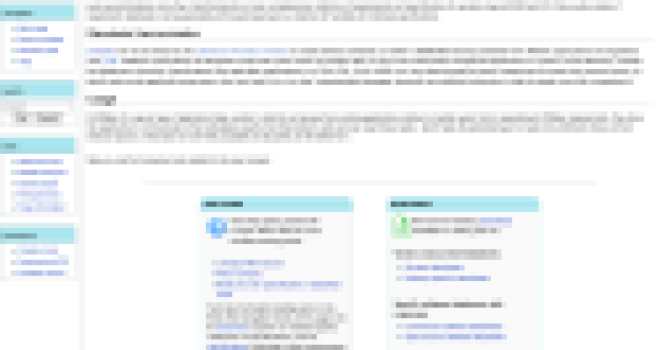
Contents
| Cell biology | |
|---|---|
| Animal cell diagram | |
 Components of a typical animal cell:
|
In cell biology, the cytoplasm describes all material within a eukaryotic cell, enclosed by the cell membrane, except for the cell nucleus.
Bioinformatics Wiki
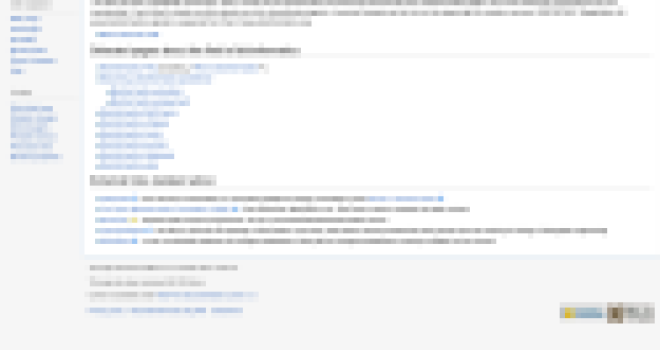
Contents
| Cell biology | |
|---|---|
| Animal cell diagram | |
 Components of a typical animal cell:
|
In cell biology, the cytoplasm describes all material within a eukaryotic cell, enclosed by the cell membrane, except for the cell nucleus.
IHE Wiki
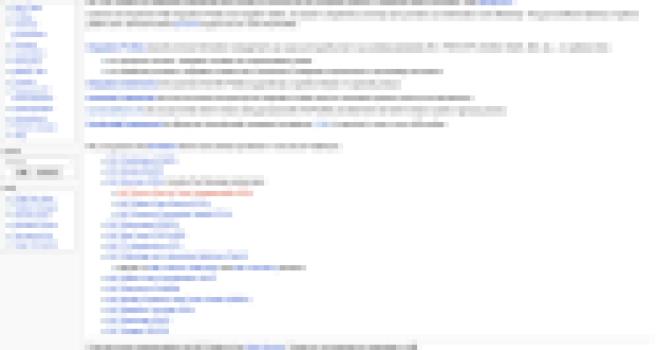
Contents
| Cell biology | |
|---|---|
| Animal cell diagram | |
 Components of a typical animal cell:
|
In cell biology, the cytoplasm describes all material within a eukaryotic cell, enclosed by the cell membrane, except for the cell nucleus.
HL7 Wiki
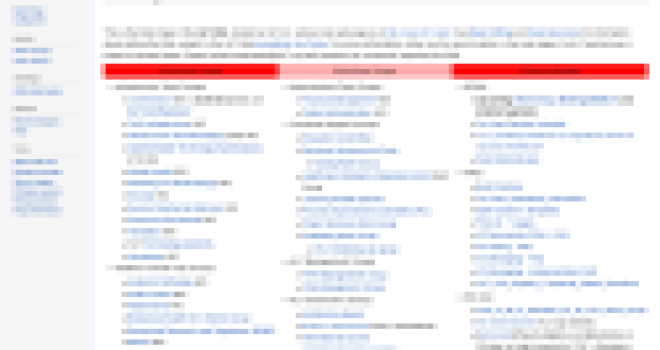
Contents
| Cell biology | |
|---|---|
| Animal cell diagram | |
 Components of a typical animal cell:
|
In cell biology, the cytoplasm describes all material within a eukaryotic cell, enclosed by the cell membrane, except for the cell nucleus.
Clinfowiki

Contents
| Cell biology | |
|---|---|
| Animal cell diagram | |
 Components of a typical animal cell:
|
In cell biology, the cytoplasm describes all material within a eukaryotic cell, enclosed by the cell membrane, except for the cell nucleus.
OpenWetWare
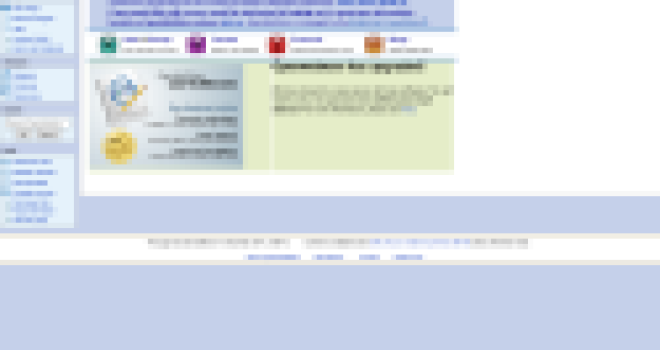
Contents
| Cell biology | |
|---|---|
| Animal cell diagram | |
 Components of a typical animal cell:
|
In cell biology, the cytoplasm describes all material within a eukaryotic cell, enclosed by the cell membrane, except for the cell nucleus.
Statistical Genetics Wiki
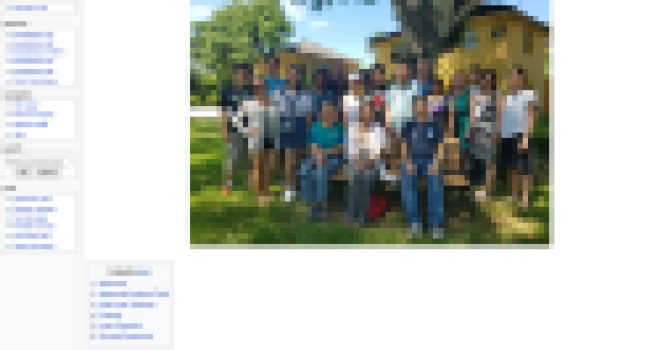
Contents
| Cell biology | |
|---|---|
| Animal cell diagram | |
 Components of a typical animal cell:
|
In cell biology, the cytoplasm describes all material within a eukaryotic cell, enclosed by the cell membrane, except for the cell nucleus.
Cloud-Standards.org

Contents
| Cell biology | |
|---|---|
| Animal cell diagram | |
 Components of a typical animal cell:
|
In cell biology, the cytoplasm describes all material within a eukaryotic cell, enclosed by the cell membrane, except for the cell nucleus.
WikiBooks

Contents
| Cell biology | |
|---|---|
| Animal cell diagram | |
 Components of a typical animal cell:
|
In cell biology, the cytoplasm describes all material within a eukaryotic cell, enclosed by the cell membrane, except for the cell nucleus.
LIMSwiki
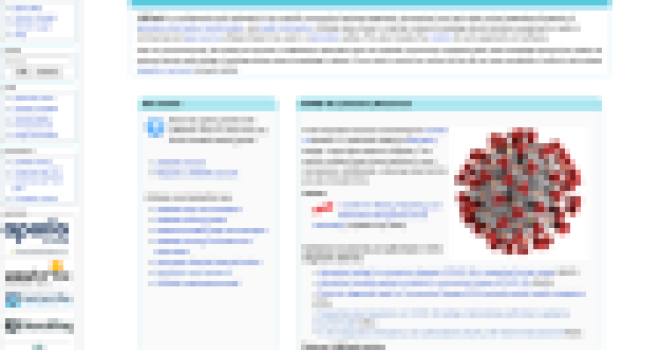
Contents
| Cell biology | |
|---|---|
| Animal cell diagram | |
 Components of a typical animal cell:
|
In cell biology, the cytoplasm describes all material within a eukaryotic cell, enclosed by the cell membrane, except for the cell nucleus.
Wikiversity
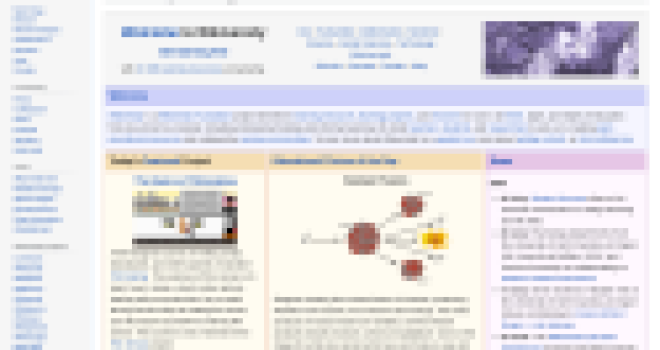
Contents
| Cell biology | |
|---|---|
| Animal cell diagram | |
 Components of a typical animal cell:
|
In cell biology, the cytoplasm describes all material within a eukaryotic cell, enclosed by the cell membrane, except for the cell nucleus.
Wikipedia
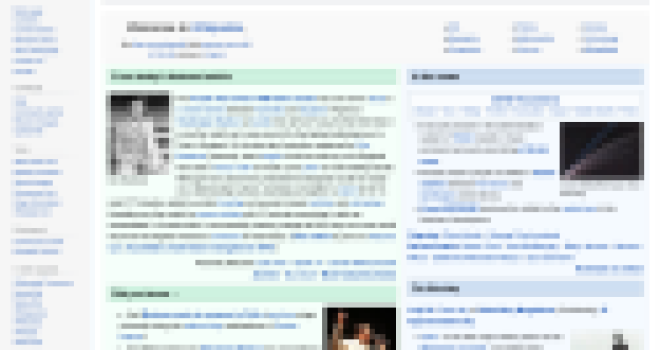
Contents
| Cell biology | |
|---|---|
| Animal cell diagram | |
 Components of a typical animal cell:
|
In cell biology, the cytoplasm describes all material within a eukaryotic cell, enclosed by the cell membrane, except for the cell nucleus.

















